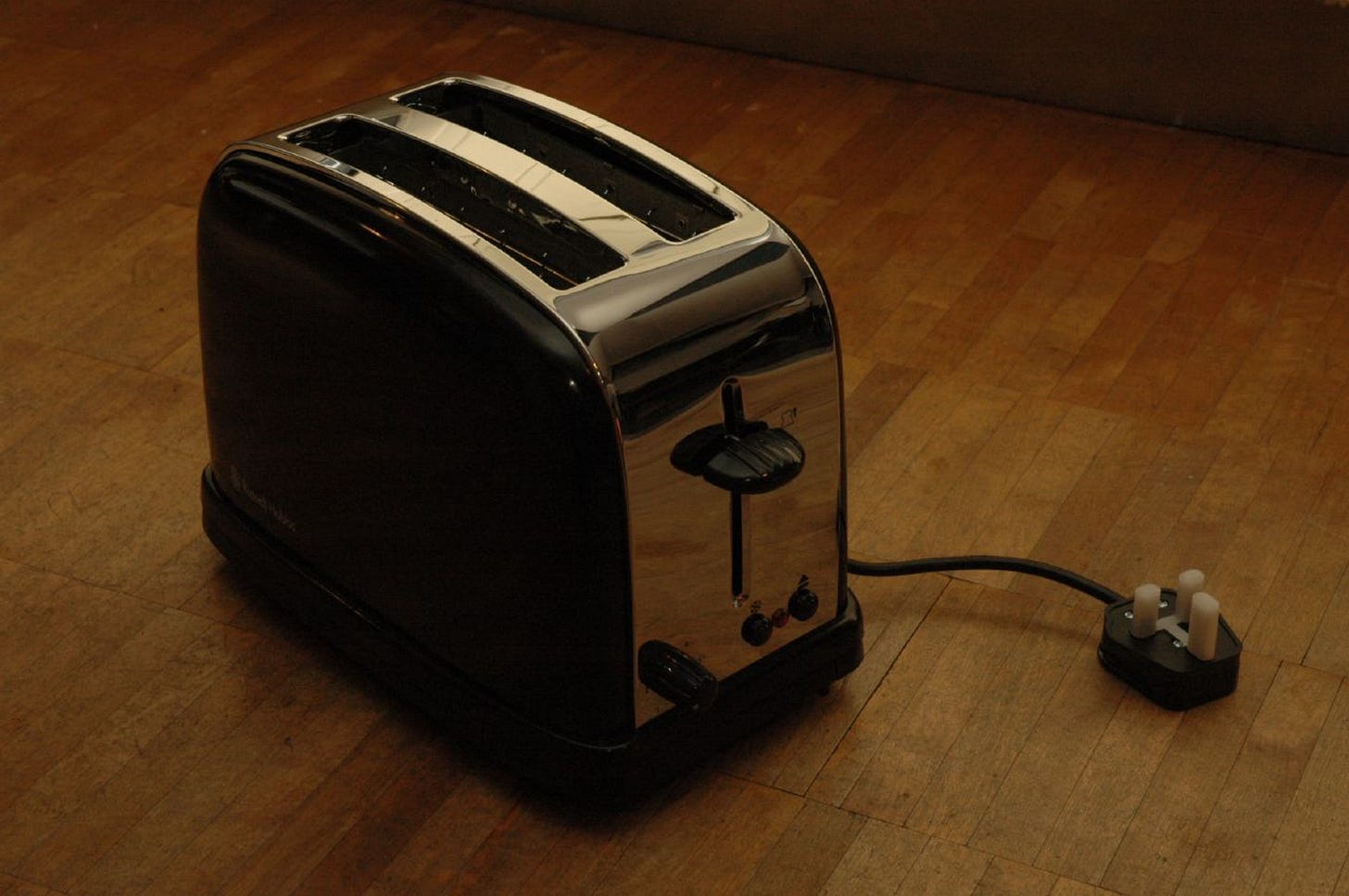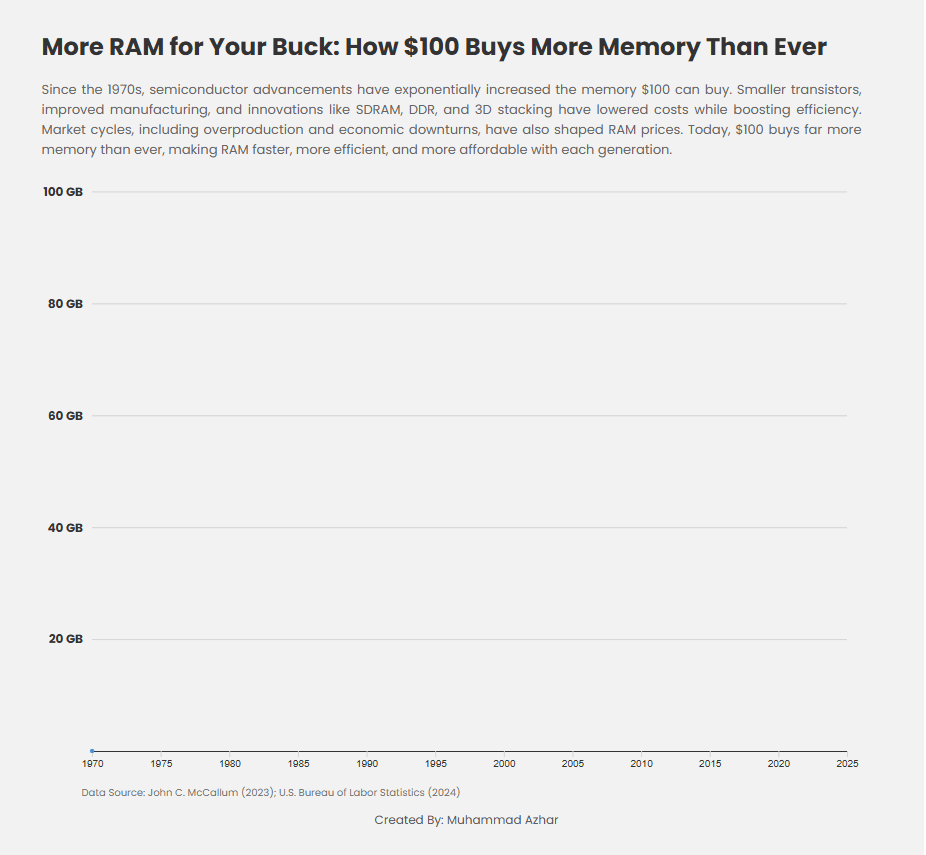
Click here to for the rest of the series.
Drones are not continuous fire weapons, but instead are salvos.(27)
The word “drones” covers a wide swath of systems and sensors, ranging from a tiny “group 1” 3D printed quadcopter to a high-end multi-million dollar “group 5” Global Hawk. It includes drones that walk, drive, swim, and fly; some that only sense and others that also can strike. While they have differing degrees of autonomy, all these remotely piloted devices are drones.(28) A hypersonic missile is not not a drone, but for the purposes of this series we’re focusing on the cheapest kind.
The history of military autonomy goes back further than I’d thought, all the way to the First World War when both sides tried to find ways to leverage gyroscopes for advantage. While more autonomous weapons have been a goal for over a century, this shift toward greater precision in weapons accelerated in the 1970s and 80s, in particular under the auspices of America’s ‘Second Offset’ strategy.(29) However, today’s drones do more than strike with greater precision than traditional “continuous fire” weapons. They provide cheap “precision mass”. The driving difference is cheap.
Much has been made of Moore’s Law’s incessant “line goes up”.(30) But when it comes to cheap drones, the real story is the decline in cost and weight over time. GPS (Global Positioning Services) provides an illustrative example.
The PSN-8 is one of the US Army’s early GPS receivers. It cost about $45,000 back in 1980 — just over $183,000 adjusted for inflation today — and weighed in at 8.5 kilograms. Over subsequent generations, the cost and weight of soldier carrier GPS receivers plummeted. Today’s Hornet GPS chip costs about $50 and weighs 2.5 grams. For context, for the cost of the PSN-8 today you can buy a single-family house in Mississippi, while a GPS chip will cost you about the same as a toaster.(31)
You almost definitely own a toaster. You even probably paid money for it. But I’m betting you have no idea how much you spent on it. Hell, you probably don’t even remember buying it. If the one you own right now breaks, you’ll just go buy another one, and you will probably agonize more over the shipping cost than the actual price of the toaster. Welcome to cheap.
The cost for GPS is 0.13% of what it was back in 1980. But GPS didn’t just get cheaper, they also got miniscule. The mass it takes to provide reliable global positioning and timing shrank to just .029% its former size. The PSN-8 weighed about as much as a sledgehammer, which, while not heavy per se is not something I want to put in my rucksack if I don’t have to. GPS? That’s an 18E thing, right?.1 The mass of a GPS chip today is about the same as a pair of pocket aces — so light you wouldn’t even notice it in your pack. That’s what Jevon’s paradox does.
Ok time to fill in this teaser I dropped back in M.0. In the 19th Century, the industrial revolution was really starting to churn, and multiple new innovations were making steam engines more efficient. Some people thought this would lead to a decrease in demand for coal. Except the exact opposite thing was happening.
William Jevons, a British economist, illustrated how those efficiency gains instead led to an increase in the demand for coal. As the cost dropped, two things happened. First, more people used the resource, since it was now affordable for them to do so. This is the same thing you endure when you’re stuck in traffic on your commute home. Adding a lane to the freeway perversely tends to invite more traffic, not less.
But the second change is even more impactful, and very relevant to our deeper dive on cheap drones. When things get cheaper, that also increases the chances someone will find a new way to use them. When they do, things take off exponentially.(32) Suddenly, that thing that only had one use has a hundred applications. This drives even greater demand, but also even more diverse minds looking at ways to make it more efficient. The feedback loops start flywheeling.
GPS wasn’t designed to upend the taxi medallion cabal, but you don’t have Uber without GPS. When the US DoD was building GPS, they knew the potential to use it to guide missiles to targets. But they did not imagine in just a handful of decades the GPS in a person’s pocket could be leveraged to identify that target in the first place.
GPS is just one sensor, but other digital sensors follow a similar trend. When I was growing up, buying a camera was a significant decision. Even as late as 2009, I spent weeks researching whether to buy a Canon or a Nikon DSLR. Today, I carry six different cameras in my pocket every day, but I hardly even notice them. I rarely use the DLSR anymore; my phone does most jobs well enough. Even gadgets like night vision and thermal cameras — once regarded as ‘military technologies’ — can be purchased today at your local hardware store for the cost of a couple of toasters.(33)
Data storage has seen the same plunge in weight and cost. A mid-level hard drive in 1996 weighed 93.5 grams and held 2.5 gigabytes, all in a package slightly larger than a deck of cards. Today one terabyte of data (400x more) fits on a .25 g wafer smaller than a fingernail (+350x smaller), all for less than 10% of the cost. Just like GPS, the cost and mass functions of compute also trend toward zero.(34)
Efficiency gains in sensor production led to a freefall in price, which in keeping with Jevon’s paradox, drove an expansion both in demand and novel uses. As these sensors' mass plummeted alongside their costs, they also started to merge onto a single device. The PSN-8 only did GPS. Smart phones today can have more than 25 different sensors on them, each a marginal price of the phone.(35) Formula 1 racing, a sport of exacting engineering where every gram can matter, puts over 300 tiny sensors on each car, some streaming 1080p video in real time.(36)
Cheap and light sensors have migrated into every person’s pocket, which has brought more sensors to every corner of the battlefield.(37) While there are still high-cost, high-end systems, much of today’s battlefield is covered by COTS (commercial off-the-shelf) hardware. They can detect in a myriad of ways, going beyond the entire electromagnetic spectrum, often in something as simple and ubiquitous as a cell phone. Ukraine has been using a mobile phone auditory early warning system to intercept enemy missile and drone attacks to great effect.(38)
Ever cheaper sensors in ever more places have led to an explosion of available information, which in turn spawned open-source intelligence firms like Bellingcat. The interplay of these firms and ever greater information from ubiquitous sensors performs that same flywheel effect, spurring the spread of more sensors while further driving down costs.
AI/ML (Artificial Intelligence / Machine Learning) is another innovation that is driving the expansion of drones on the battlefield. The video the drones provide the pilots is being used to train and refine AI/ML models. “This is food for the AI: If you want to teach an AI, you give it 2 million hours (of video), it will become something supernatural”.(39) As AI/ML algorithms are fit onto smaller chipsets closer to the edge of battle, an ever-greater amount of data can be processed.(40)
The speed of change in AI/ML is showing the same sloping trend as computing. The new Chinese model DeepSeekv3 was trained for 1/10th the cost of the best models in the US firms released last year. While its 700gbs size might be orders of magnitude larger, that would still fit on a single fingernail-sized SD card.(41) AI/ML technology is already being employed in Ukraine, where low-cost drones have been using ML to aid in the spotting and tracking of enemy vehicles.(42)
Compute is not currently being done on the drone, but this is less a problem of the mass of the computer than that of the battery. Finding a way to add roughly 1.5kg mass for a NVIDIA H100 and spare battery to a drone isn’t terribly hard, but the onboard power will only get you roughly 10 seconds of compute.(43) Instead, most drones currently offload the ML analysis to a ground station. However, improvements in battery technology will allow more compute to be done ever closer to the edge.(44) Novel guidance approaches, such as fiber optic cables, can bring the same effect.(45) Fiber optic cable was once thought of as expensive, but today a $1,000 can buy you thousands of meters of EW proof missile guidance. Cloud computing has pushed the ability to process relentlessly forward, even reaching beyond the edge of the FLOT (Forward line of troops).

While the fully “transparent battlefield” that some have forecast is unlikely to come to pass, the trend lines of cheaper and lighter show no sign of reversing.2 The battlefield of today, and every foreseeable day after, will be one where amassing troops undetected, be it for offense or defense, is going to be incredibly challenging.
18Es are communications sergeants in special forces and, having the heaviest crap, are always trying to sneak their gear into your ruck. Yes, technically the weapons sergeant has the heaviest kit, but machine guns and rockets are cool, so they are less lame to carry.
I’ll address ‘transparent battlefield’ and other strawmen in M.6.







